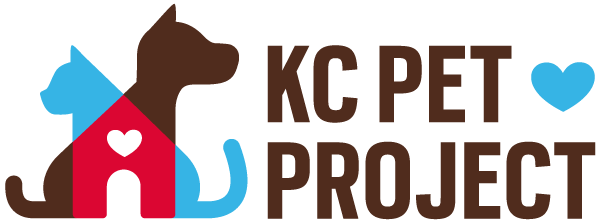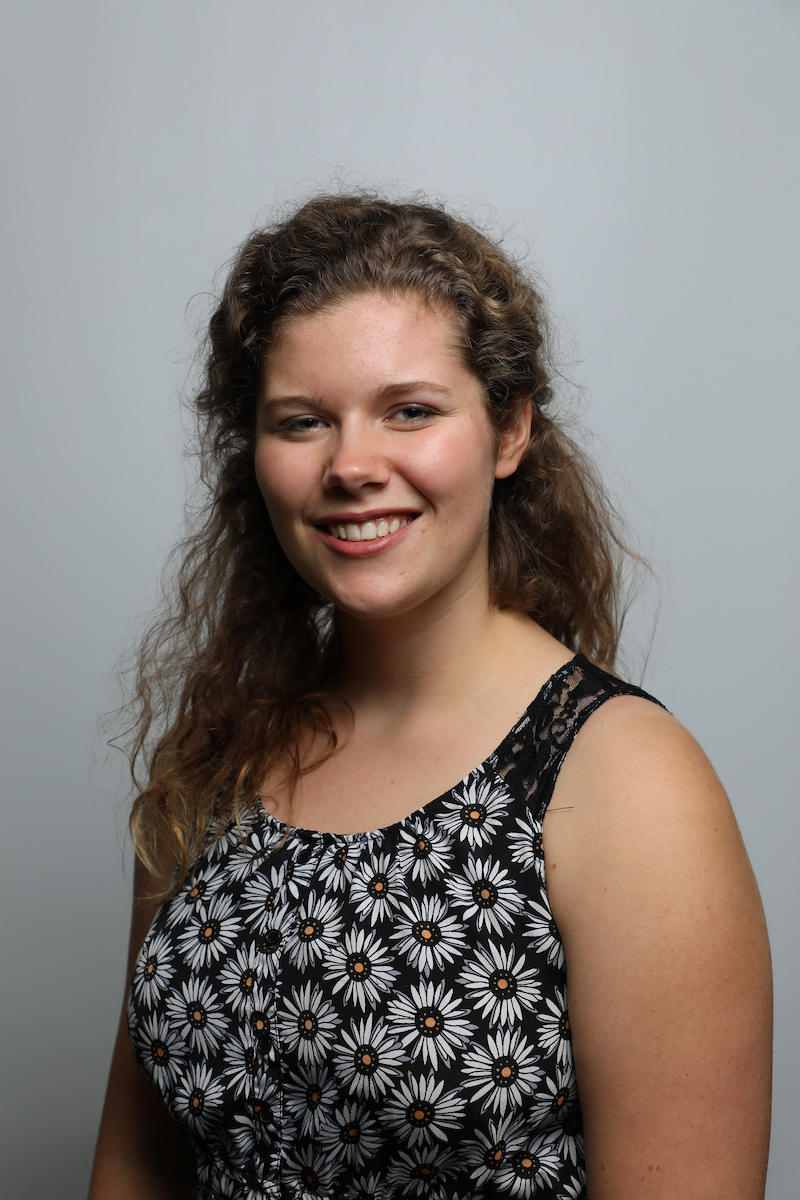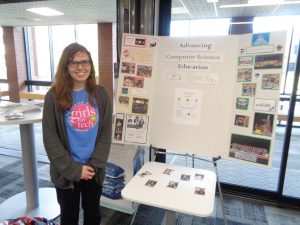Hello! My name is Jade and I attend JCCC and work in the Community-Based Learning department. Recently, I have started volunteering as part of my work-study position and I wanted to share my experience so far. In this blogpost, I will be discussing why I chose to volunteer at KC Pet Project, how the application process went, how my first volunteer shift was, and more!

KC Pet Project is leading the way in creating a compassionate, safe community for pets and people through progressive lifesaving programs and services, community resources, and educational opportunities.
The reason I chose to volunteer at an animal shelter is because I have always loved animals and working at an animal shelter would allow me to help animals in need. After researching several shelters in my area, KCPP really stood out to me due to all their accomplishments and services. I emailed them and quickly got a response with steps on how to get started as a volunteer!
Application Process:
I thought the application process was easy and straightforward. In order to volunteer, I first had to watch a short orientation video and take a quick quiz afterwards. After completing the quiz I was directed to sign-up for a shelter tour depending on which of the 3 KCPP locations I wanted to work at. Shelter tour dates fill out fast! I was put on a waiting list for the next month’s tour dates after finishing the video and quiz. Soon the next batch of tours was put out and I wasted no time in getting signed-up!
Shelter Tour:
In early October, I attended the KCPP Shelter Tour for the Elmwood Ave. location! The first thing everyone did was purchase their own volunteer shirt from the gift shop and turn in their volunteer consent forms. After everyone had arrived the tour started! We were shown all around the inside and outside of the facility, all the background workings, and of course all the cute dogs and cats. It was interesting to see how much really goes on at animal shelters. At the end of the tour we were able to interact with the pets! Everyone was able to do clicker training with the dogs and cats and give them treats if they were well-behaved. At the end of the tour, we were all officially KCPP volunteers and we took a group picture (above).
Volunteer Shifts:
Shortly after attending the shelter tour I received an email detailing how to set up my volunteer profile and sign-up for my first shift! Since I have not completed any animal training yet all I could sign-up for was non-animal specific roles. My first shift was helping with administrative tasks which included making several informational packets for adopters. During my first shift I also helped with greeting people at the front door and directing them to where they needed to be. The staff that helped me were very kind, knowledgeable, and extremely helpful! I was definitely nervous going in but I quickly grew comfortable!
Other tasks I have done are help prepare canine enrichment treats and help direct traffic during KCPP’s special Election Day event! KCPP was registered as a polling location for the first time this election year.
Animal Training:
Volunteers at KCPP are able to complete training in order to work with the animals. They are given the choice to work with cats or dogs. I opted to complete feline animal training. This was an easy process as well. The first thing I did was watch a 60-minute feline training video and take a short quiz at the end. After passing the quiz, I was able to sign-up for in-person training.
The in-person training was conducted by a long-time KCPP volunteer who works almost exclusively with the cats. He explained the different tasks that feline volunteers could do and how to accomplish them. He also went into detail about the importance of how to properly interact with the shelter cats. It was a great experience and I learned a lot!
Others attending the training and myself got the chance to meet this little guy! (pictured above)
He was relatively new to the shelter and was very sweet to everyone. We learned that he came in with a severe skin condition and has to wear a sweater and donut so that he wouldn’t scratch himself. However, our instructor explained that he was getting better and would soon be ready for adoption!
Though I haven’t been volunteering with KC Pet Project for long, I’ve already learned so much and have enjoyed my time there.
If you are someone interested in volunteering, with KCPP or otherwise, please go out there and help! Organizations like KCPP are currently experiencing a volunteer shortage due to Covid-19. Many non-profits that run mostly on volunteer aid are in great need of helping hands! So, if you can, please consider volunteering, especially since it’s the holiday season!
Here is some contact information for KC Pet Project:
Website – kcpetproject.org
Email – contact@kcpetproject.org
Phone – (816) 683-1383
Happy Volunteering!

 “This past spring, I had the opportunity to study abroad in Seville, Spain, which is an enchanting place to live and study for a semester. I was part of a group of about 30 students from across the United States who descended upon the primitive city, eager for adventure and excitement in a foreign place. During our time together we became close-knit, almost like a family away from home. In between classes and nightly tapas with friends, I volunteered at a local hospital and an after school program that was known as el colegio safa blanca paloma. This was an excellent way to fully immerse myself into the community and foster an interconnectedness with the people of Seville. It was also a perfect opportunity to practice speaking Spanish, for that was a main goal of mine while studying in Spain.
“This past spring, I had the opportunity to study abroad in Seville, Spain, which is an enchanting place to live and study for a semester. I was part of a group of about 30 students from across the United States who descended upon the primitive city, eager for adventure and excitement in a foreign place. During our time together we became close-knit, almost like a family away from home. In between classes and nightly tapas with friends, I volunteered at a local hospital and an after school program that was known as el colegio safa blanca paloma. This was an excellent way to fully immerse myself into the community and foster an interconnectedness with the people of Seville. It was also a perfect opportunity to practice speaking Spanish, for that was a main goal of mine while studying in Spain.




